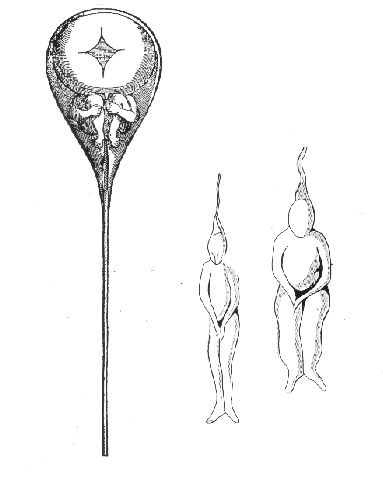I like to read science fiction. I particularly enjoy a good alien world, like Neal Asher’s world of hyper-aggressive invertebrates or Lois Bujold’s planet of radially symmetric beasts. Still better than these, however, are the alien worlds right here on Earth, hidden in plain sight. (Well… if “on the same planet” counts as “in plain sight.”) The hidden world I’d like to talk about today is that of whale falls.
A “whale fall” is just a nice way of saying a dead whale: when a whale dies in the ocean, it sinks—falls—to the bottom, and you have a whale fall. Whale falls are different from other dead animals in two big ways. First, they are, well, big. No other living animal gets as big as our biggest whales. When one of those dies, that’s a lot of dead whale.

Also, whale falls are pretty cool in their pre-fall form.
Second, when they fall to the ocean floor, they change the environment on the ocean floor dramatically. A dead animal in a forest or jungle or lake is a piece of dead meat in a habitat already full of other kinds of food: leaves, berries, insects, fish, etc. Some animals in these habitats will scavenge on the dead meat, but many other animals will ignore it. The deep ocean floor is not like a jungle. It is barren, with no sunlight to support plants or plankton, which are generally the food sources that the rest of a food chain depends on. The only organic food sources near the deep sea floor are the dead things that fall down from the water column above, picturesquely named “marine snow;” and that water column is filled with creatures trying to eat anything they can find, so not a lot makes it all the way to the bottom. When a dead whale lands on the ocean floor, it is the equivalent of an enormous banquet being dropped into the middle of a desert.
When a whale falls, it gives rise to an entire ecosystem by itself.
Continue reading →










